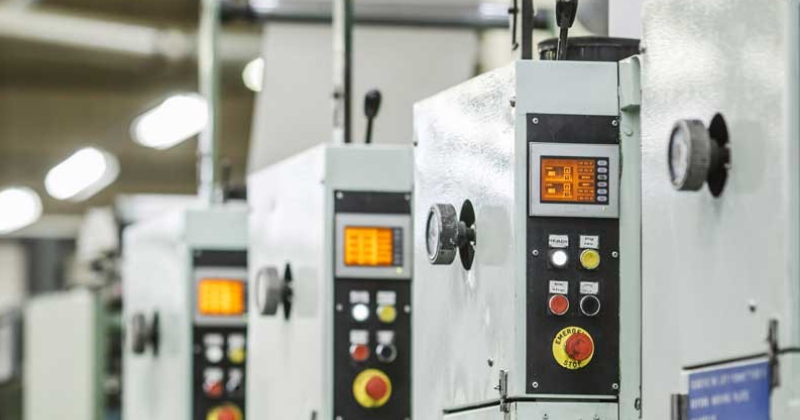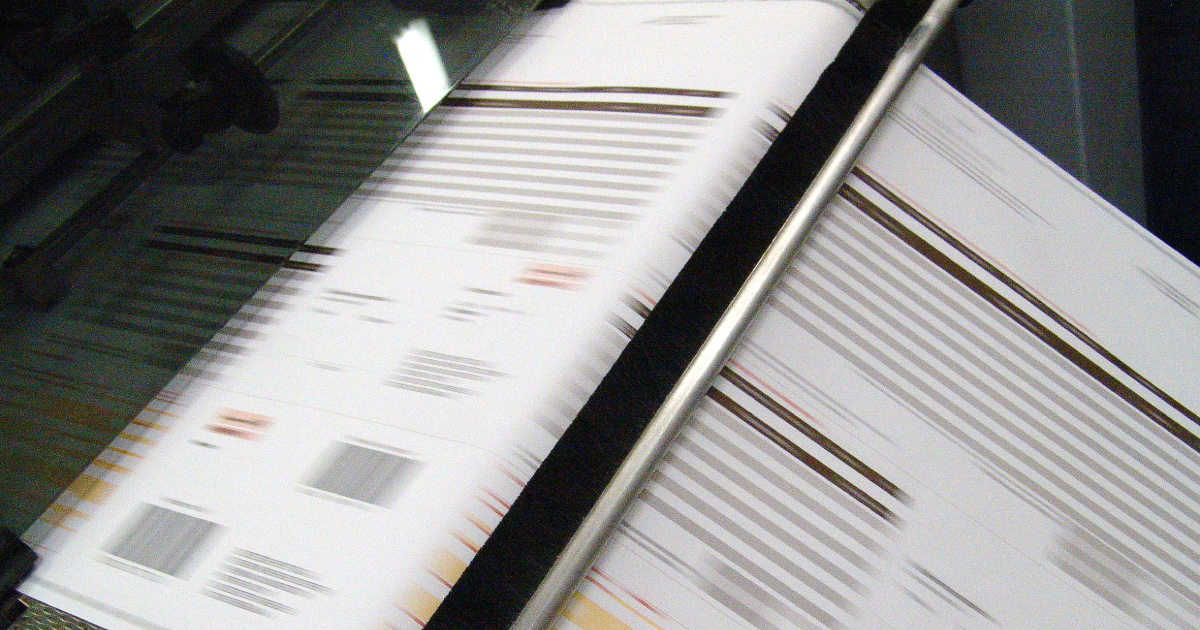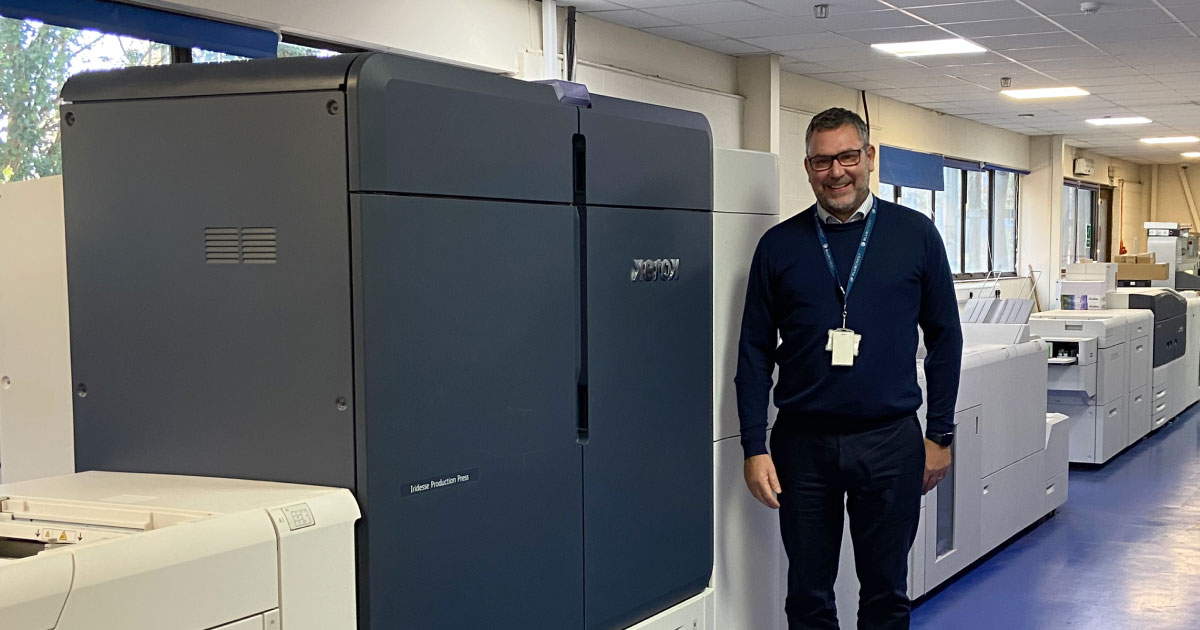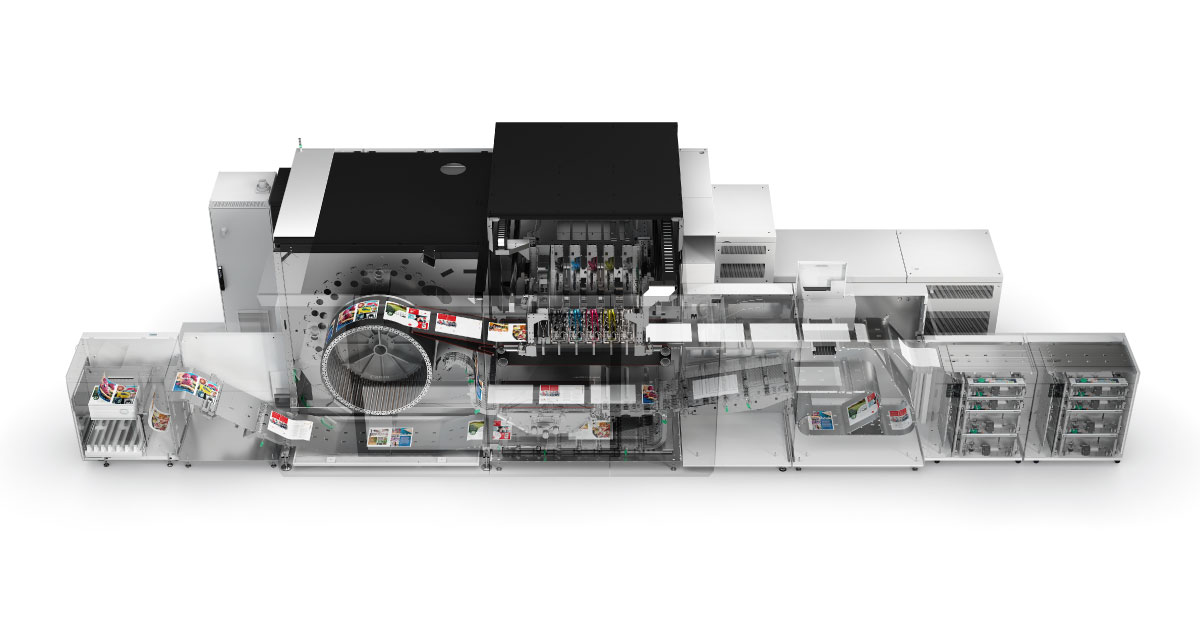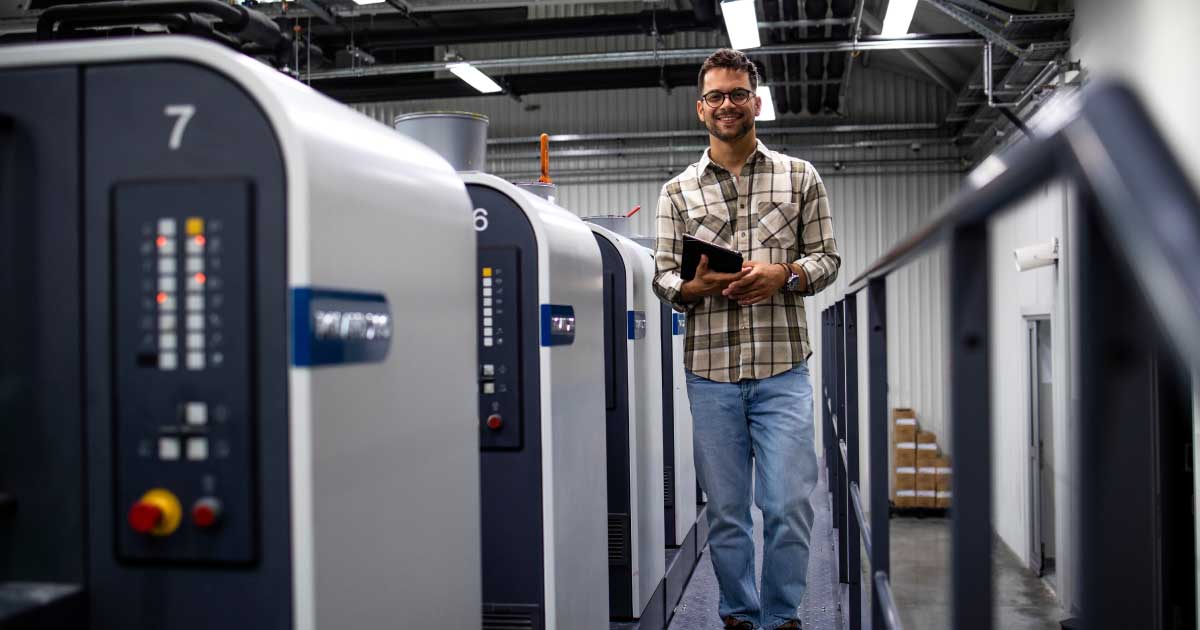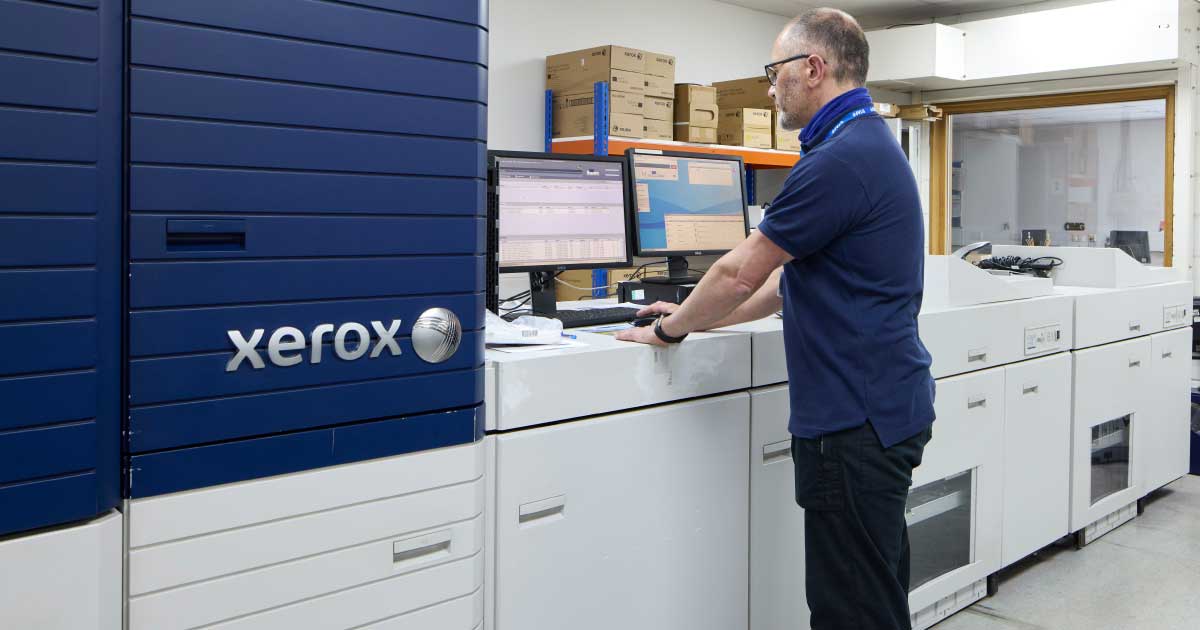Lithographic print is where it all started for CFH back in 1977 and still forms an important part of our identity today.
Many of our experienced production team have been with us for over twenty years and understand our customers’ expectations for high-quality products, delivered with exceptional service – and this has remained at the core of CFH since our inception.
Although our business has developed and evolved over the years, we still focus on, and have a passion for, traditional lithographic print.
We’ve now been offering it for almost 50 years and during this time, communications have changed remarkably, with digital solutions being adopted on a mass scale (find out about the digital part of our CFH Print offering). But the requirement for traditional print has always been there and is still there to this day.
Print, Litho, lithographic, offset printing… it’s known by many names, but what exactly is it? And why is it still relevant in a digital age?
Lithographic print forms part of our CFH Print offering, along with digital print.
Lithography was invented around 1796 by a playwright who accidentally discovered that he could duplicate his scripts by writing them in greasy crayon on slabs of limestone and then printing them with rolled-on ink.
The first rotary, offset lithographic printing press was later invented here in the UK in 1875, combining such transfer printing technologies with a rotary printing press.
Today, offset lithographic print is created when the image of the content you want to reproduce is placed on a plate, commonly metal, which is then attached to the plate cylinder and covered in ink and dampening solution (oil and water). The resulting image is then transferred onto the ‘offset cylinder’ which is covered with a blanket, usually made of rubber, and then transferred onto the desired material under pressure created by an impression cylinder.
It takes great skill to ensure that the ink to dampening solution ratio is correct which is why this is done using specifically developed machines. These are available in two basic formats, sheet fed and reel fed web i.e. sheets of paper or long reels of paper.
Both production options need constant monitoring by highly trained craftsmen, with larger, multi-colour presses requiring more than one operator - one to observe and maintain the quality of print being manufactured, and a second, ensuring that the ink to dampening ratio is maintained.
The capabilities of lithographic print are vast, with the ability to print on a variety of materials, most commonly paper and card, but it can also print on plastic and even metal.
Lithographic print is renowned for producing high quality books, catalogues and posters. However, it can, and does, produce a much wider range of products than many people may be unaware of.
Here at CFH, we have spent years manufacturing many existing products, but did you know that we have also developed and perfected several new, multi-functional products?
A cross section of the products we continue to produce today includes:
Cheques
Envelope over printing
Security documents, certificates, and vouchers
Single part, duplicate and triplicate pads
Single part or multi-part continuous business stationery and cut sets - these include items such as invoices, statements, advice notes, despatch notes, delivery notes etc.
Single part and multi part listing – bespoke and stock, dot matrix printer paper used for stock reporting/stock tabulating reports.
Paper-wrap – an environmentally friendly alternative to poly-wrapping magazine mailings.
Full colour CMYK commercial print in continuous fan-folded packs, reels or cut sheet - typically used for direct mail and fund-raising campaigns such as letters, inserts and promotional flyers.
In addition to our print capabilities, we also have the ability to add value to base print, creating multi-functional products including:
Security PIN – is a specialised product we can provide that requires subject matter expertise in manufacturing and bespoke document conversion equipment. PIN documents are used by customers in the financial services sector where the integrity of security is paramount.
Integrated labels – commonly used as despatch notes or returns notes. Sometimes for both outbound and inbound.
Integrated membership/loyalty cards – ideal for the mailing of annual membership for clubs and societies. These can also be used as passes for holiday parks, swimming pools, gyms or as loyalty cards for retailers and we can also add a unique number and/or code.
Integrated parking permits – these are ideal for annual parking requirements and renewals for councils, hospitals, colleges and universities. They can also have a unique number and/or code where required.
Integrated event passes and badges – these are perfect for one off events such as concerts, trade shows and open air events. We can add punch holes to these for lanyards if required.
Offset lithographic print is an ideal tool for producing medium to long run, high-quality products, with a quick turnaround time. This results in a lower, more cost-effective unit cost, because the price decreases as the quantity increases.
The other main advantage is the vast range of materials that can be utilised, that may not be suitable for digital production at this current time.
Each product has its own range of benefits with the flexibility to overcome the majority of challenges. To find out specific details, get in touch with our expert, Julian, whose details can be found at the end of this blog.
In the modern digital age, you may feel that print has had its day... but this isn’t so.
There are many reasons why print in general is still relevant and at the forefront of communications from companies to their clients and customers.
People are more responsive to a tangible document: Print and direct mail marketing boasts a 9% customer response rate compared to other digital marketing channels, which are around 1% (Guttman, 2019).
It has a bigger emotional impact: Studies have shown that print materials (postcards, catalogues, magazine ads) have a greater emotional impact on consumers.
It’s memorable: Research shows that print advertising is very effective at ingraining information in people’s brains. A study compared how the brain reacts to the same brand information in a direct mail compared to digital advertising. Results concluded print advertising is more ‘real’ to the brain which, in turn, makes it better at becoming a deeper, lasting part of the memory.
It gets repeatedly seen: It's extremely common these days for someone to see an email, mean to action it, something comes up and they forget. With the average person receiving over 700 emails a week and just 3.5 documents in the post a week (Royal Mail, 2019), it’s easy to see how this happens. However, print can remain in the home or office, offering the opportunity for it to be passed repeatedly throughout the day, meaning the chances of the recipient coming back to it are significantly higher.
It can aid digital communications: Physical print works cohesively with digital communications. Simply including a QR code in a printed document enables a seamless transition between the two. This can help with wider marketing campaigns that encompass many forms of communication – from printed documents to online adverts and social media.
Produced by experts: Anyone can create a digital form of communication these days, from social media to websites like Canva offering design templates. However, not everyone can produce high-quality printed documents. Print will always have the benefit that it can be produced by experts, resulting in a strong final product.
Lithographic print forms part of our CFH Print offering, with the other half being digital print. To find out more about CFH Print, contact our expert Julian on 07825 202319 or email julian.smith@cfh.com.
